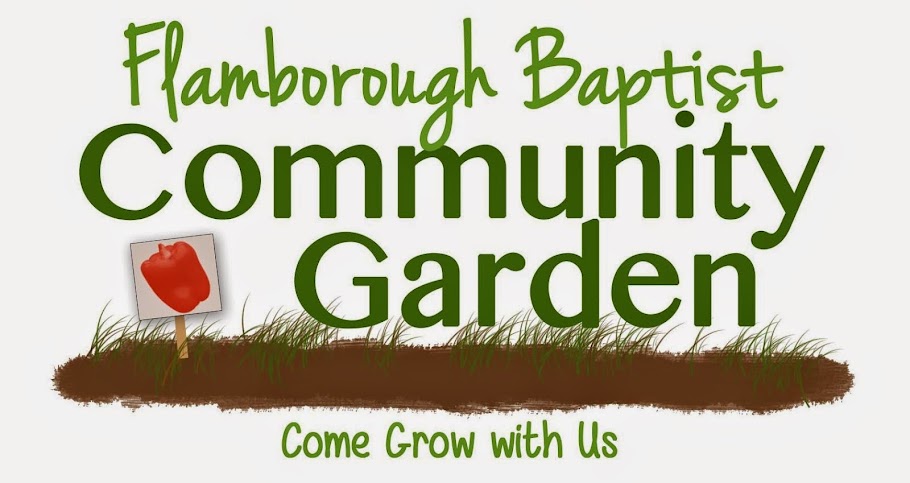DIY OLLA POT
(Watering Pot)
I am sure that you
must be wondering why I am writing a post about a garden watering pot when this
has been the wettest spring in years. The water levels in Lake Ontario are the
highest it’s been since the 1950’s. How quickly we forget how incredibly dry it
was last summer. We could barely keep our gardens properly watered. So, I
figured that since we are saving time by not having to water our gardens every
day this would be the perfect time to plan for the hot, summer months still to
come.
So what exactly is
an Olla? It is an unglazed clay pot that has been used for centuries. The pot
is buried in the ground near the plants you want watered. Since the pot is
porous the water is able to seep out to keep the soil moist. It is said that
plants are able to utilize 100% of the water since the water is directed to the
roots as opposed to surface watering that evaporates before it even gets to the
plants. For this reason Ollas are often used for water conservation.
 |
| Find out more about Ollas in this book you can borrow from the Library or buy for your own collection |
Buying an Olla is definitely
a possibility, but for my own needs the cost of buying enough would be too high
for me. However, in my search to buy one I found several ideas on how to make
one for the fraction of the cost. I decided to give it a shot and see how it
goes. I am so happy I did! I can’t wait to show you how easy it is to make one
for yourself.
Now don’t worry,
you will not need to have access to a kiln or even take a pottery class. You
just need to take a quick trip to your local dollar store for a few supplies.
You will need to buy the following to make one
Olla:
1 1.Two
unglazed Terracotta pots of equal sizes (turn the tops of each on to each other in the store to make sure they match up).
2. One
tube of super glue
3. Craft
sticks ( if you do not have something at home to apply the glue)
To make the Olla:
Line your work space
with a few layers of newspaper and lay one sheet of wax paper for the pot to
sit on. Take one of the Terracotta pots and place it on the wax paper. Pour
glue into the hole at the bottom of the pot. Make sure the hole is completely filled.
Even overfilling is good. Do NOT
move the pot until the glue is completely dry. At least 12 hours.
The glue will
form a plug so that the water will not flow out of the hole and instead will
seep out of the clay itself. Once the glue in the hole is completely dry apply
glue along the top edge of the pot.
Quickly place the second pot, top to top
with the first pot. Once again, allow time for the glue to dry. I waited
several hours and then applied a good coat of glue to the outside seam, using a
craft stick, where the two pots are joined to make sure there were no cracks
where the water could escape. In fact, since I can be a bit over cautious, I
added more glue this seam when the first coat was dry “just to be sure” it was
sealed.
Then I allowed for the pot to sit untouched for
24 hours. Once I was sure everything was dry I decided to give the pot a test
run. I filled the Olla with water and placed it into a bowl. This way I could
see if there were any leaks and also see how the pot actually works. I have to
admit that I was thrilled(yes I squealed a little. Don't judge) when after waiting just a short time I began to see
the water seep out of the clay! It worked!! I was also happy to see that when
the water in the pot came to the level where the water was now in the bowl (
from seeping out of the Olla) the water stayed in the Olla. When I drained the
bowl the water then seeped out of the Olla once again. This was good news. That
indicated that when the soil would be wet from rain the Olla would stay full of
water until once again needed.
So for under $5
dollars I now had a Olla to help water my water hungry plants! On a side note I
would say that buying a better glue like “Gorilla Glue” would be easier and
have a quicker dry time. It would cost more to purchase but it will make
several Ollas where the dollar store glue was only able to make one.
Hopefully I have
now fully motivated everyone to go out and purchase the supplies needed to make
an Olla for yourself. You can make them
in any size you wish or make several at a time. I am sure your garden will be
thankful you did!
 |
| First one in the community garden! I will add a stone over the hole to help prevent evaporation. |






















